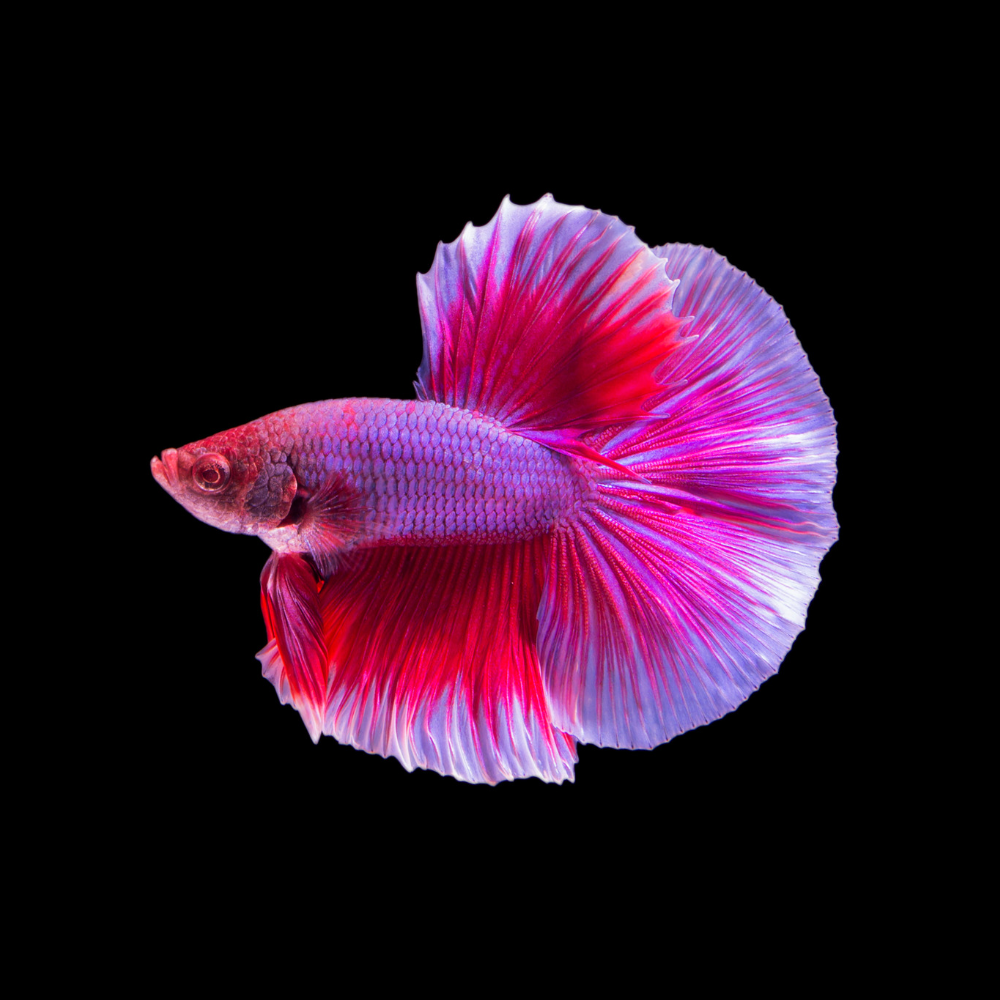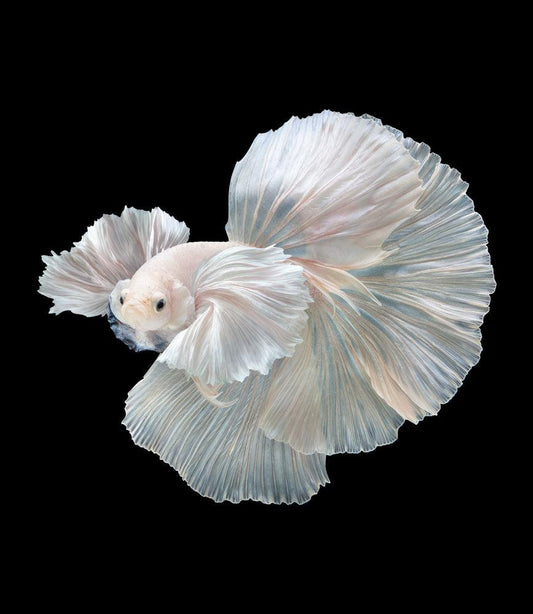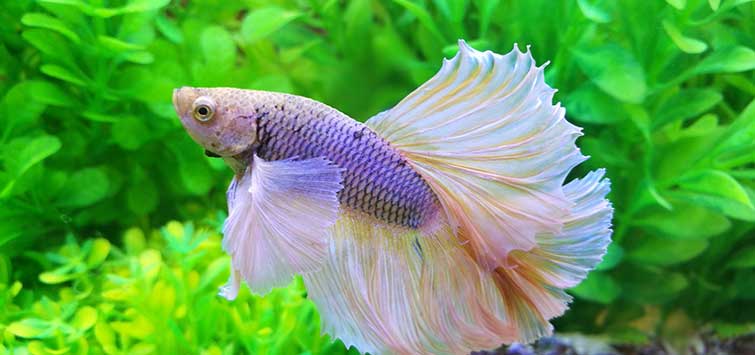Betta Fish Diet Plan: What to Feed Your Betta for Ideal Wellness
Betta Fish Diet Plan: What to Feed Your Betta for Ideal Wellness
Blog Article
Reproducing Betta Fish: a Comprehensive Step-By-Step Guide to Effectively Raising Baby Bettas From Eggs to Their Adult Years
Reproducing Betta fish is a meticulous venture that calls for cautious preparation and implementation to guarantee the effective growth of fry from eggs to mature fish. Selecting genetically varied reproduction couple with desirable features is only the beginning; producing an optimal setting and understanding the ins and outs of the breeding process are just as important. As the male Betta diligently constructs a bubble nest and guards the precious eggs, the subsequent phases of treatment and transition demand interest to information and expertise of best practices. Exactly how does one browse the tough yet rewarding path of supporting these dynamic animals to the adult years?

Choosing Breeding Pairs
When embarking on the trip of breeding Betta fish, selecting the right reproduction sets is essential to achieving preferable qualities and a healthy family tree - betta fish. The initial step in this procedure is to recognize the particular characteristics you desire to enhance or preserve, such as shade, fin type, and physique. It is important to choose genetically diverse sets to prevent inbreeding, which can lead to health and wellness issues and unwanted qualities
Review prospective reproducing candidates meticulously. A healthy male Betta needs to exhibit vivid colors, an energetic attitude, and well-formed fins, while the female must also show vivid coloration and a rounded stomach, indicating readiness for spawning. Observing the personality of both fish is important, as aggressive or excessively shy people may not reproduce effectively.
Documents of family tree is equally essential. Maintaining documents of the moms and dad fish's origins can help you track genetic attributes and prospective issues. Furthermore, get in touch with credible dog breeders or on-line sources for guidance on choosing suitable sets. Inevitably, spending time in the option process will substantially boost the chance of producing strong, dynamic children that satisfy your reproduction objectives (betta fish).

Preparing the Reproduction Storage Tank
Producing an optimal reproduction atmosphere is an essential step after picking ideal pairs for Betta fish. The breeding container need to be especially created to offer comfort and boost the natural breeding actions of the fish. Begin with a storage tank dimension of at least 10 gallons to guarantee ample area for both the man and female Bettas.
Preserve a mild filtering system to keep the water clean while preventing strong currents that can emphasize the fish. In addition, an air stone can be contributed to provide oxygenation without interfering with the water surface way too much.
Temperature level regulation is crucial; goal for a stable variety of 78-82 ° F(25-28 ° C) making use of a trustworthy heater. The pH degree should be preserved in between 6.5 and 7.5, and regular water modifications are essential to guarantee high water high quality.
Include floating plants or spawning sponges to create hiding places for the female, while likewise encouraging bubble nest structure by the man - betta fish. Make sure the tank is totally free from sharp decorations and any type of prospective threats, as the well-being of the fish should always be prioritized during this vital stage of reproduction.
The Reproduction Process
Commonly, the reproducing procedure for Betta fish involves a collection of distinct and observable behaviors i was reading this that indicate readiness for reproduction. The male Betta starts by constructing a bubble nest at the water's surface area, which offers as a website for the fed eggs. This nest is crucial, as it provides a safe environment for the eggs till they hatch out.
As soon as the nest is developed, the man will certainly present courtship actions, such as flaring his fins and showing lively colors to draw in the woman. The woman, upon sensing the male's readiness, will respond by showing upright stripes along her body, indicating her receptiveness.
When the women techniques, the male participates in a breeding dance, typically bring about a welcome called the "spawning." Throughout this welcome, the lady launches her eggs, which the male fertilizes instantly. The fed eggs after that fall to the bubble nest, where the male meticulously collects and returns them to the nest. Following this, the male thinks duty for guarding the nest and ensuring the safety of the eggs till they hatch, usually within 24-36 hours. This stage is essential in the breeding procedure, laying the structure for successful fry advancement.
Taking Care Of Betta Fry
Caring for Betta fry needs careful interest to their environment and nourishment to guarantee healthy and balanced growth and growth. After hatching, Betta fry are very small and prone, demanding a stable and tidy environment. Preserving a water temperature level between 78 ° F and 80 ° F is important, as Betta fry grow in warm conditions. In addition, guarantee that the water is complimentary of hazardous toxic substances; normal water changes try these out of 10-20% are suggested to keep optimum water quality.
Feeding Betta fry is equally essential. They need to be offered infusoria or finely crushed top quality fry food, as their mouths are as well little to manage bigger bits. As they expand, you can progressively present bigger foods, such as child salt water shrimp or powdered flakes, to guarantee they obtain ample nourishment. Feed them tiny quantities numerous times a day, being mindful not to overfeed, which can bring about water top quality concerns.
Transitioning to Adult Bettas
As Betta fry fully grown, transitioning them to grown-up Bettas is a critical stage that calls for mindful monitoring of their atmosphere and social interactions. This process generally begins when the fry get to around 6 weeks of age, at which point they can be gradually introduced to an extra organized living atmosphere.
To promote this change, it is necessary to make sure that the water specifications-- such as temperature level, pH, and ammonia levels-- are optimum and stable. Adult Betta fish grow in warm water (around 78-80 ° F) with a pH of 6.5 to 7.5. Progressively accustom the fry to these conditions to lessen stress.
Social communications are another essential factor; male Bettas are infamously territorial and aggressive. It is suggested to separate males right into individual storage tanks as they grow. Female Bettas can be housed together, yet care ought to be required to monitor for indications of aggressiveness.
Additionally, dietary modifications need to be made as the fry grow. Integrate high-grade pellets and live foods to support their growth and health and wellness. By taking care of these factors successfully, you can advertise an effective transition to adulthood for your Betta fish.

Verdict
Effective breeding of Betta fish requires careful attention to detail throughout the whole process, from selecting genetically varied sets to supplying ideal take care of fry. By ensuring suitable reproduction problems and preserving water quality, the likelihood of healthy and balanced spawn enhances considerably. Additionally, a well balanced diet regimen and progressive adaptation to grown-up atmospheres are check it out important for the growth and development of Betta fish. Adhering to these steps diligently cultivates a prospering population of Betta fish, boosting both their health and wellness and vitality.
Report this page